PsychNewsDaily Publishers
100 Summit Drive
Burlington, MA, 01803
Telephone: (320) 349-2484
PsychNewsDaily Publishers
100 Summit Drive
Burlington, MA, 01803
Telephone: (320) 349-2484
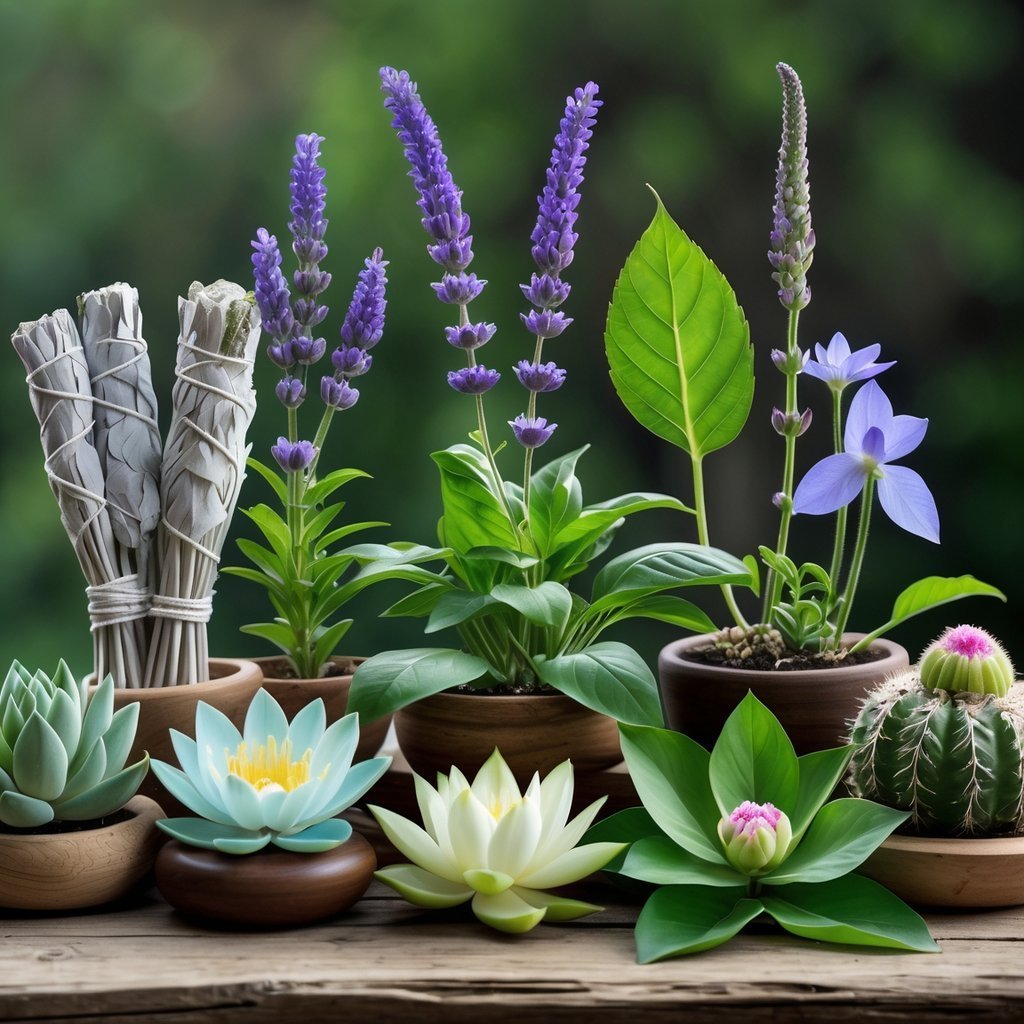
People have always seen certain plants as special, no matter where or when they lived. Some plants just seem to carry a deeper meaning, finding their way into rituals, healing, and spiritual practices.
It’s honestly kind of amazing how these plants can connect us to nature—and maybe even something bigger than ourselves.
Here are seven sacred plants that people have worshiped throughout history, and a bit about why they matter to so many cultures. Learning about them might change how you see the link between nature and spirituality.
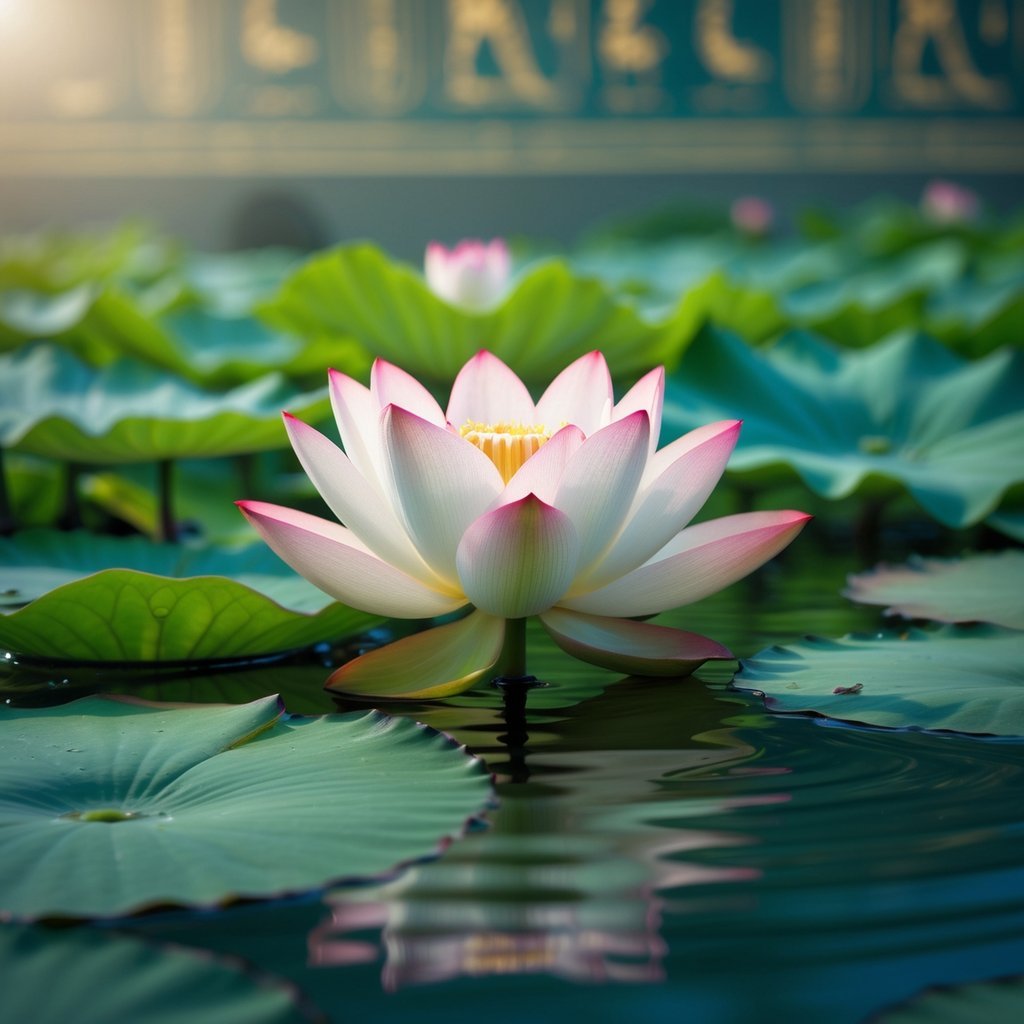
The lotus flower held a special place in ancient Egypt. People saw it as a symbol of purity and new beginnings.
Every morning, the lotus blooms, then closes each night. That daily rhythm made it a sign of rebirth and the sun’s power.
Artists and storytellers included the lotus in countless works and myths. Egyptians tied it to creation stories and the endless cycle of life.
So, next time you spot a lotus, maybe let it remind you of hope and fresh starts—just like it did for people thousands of years ago.
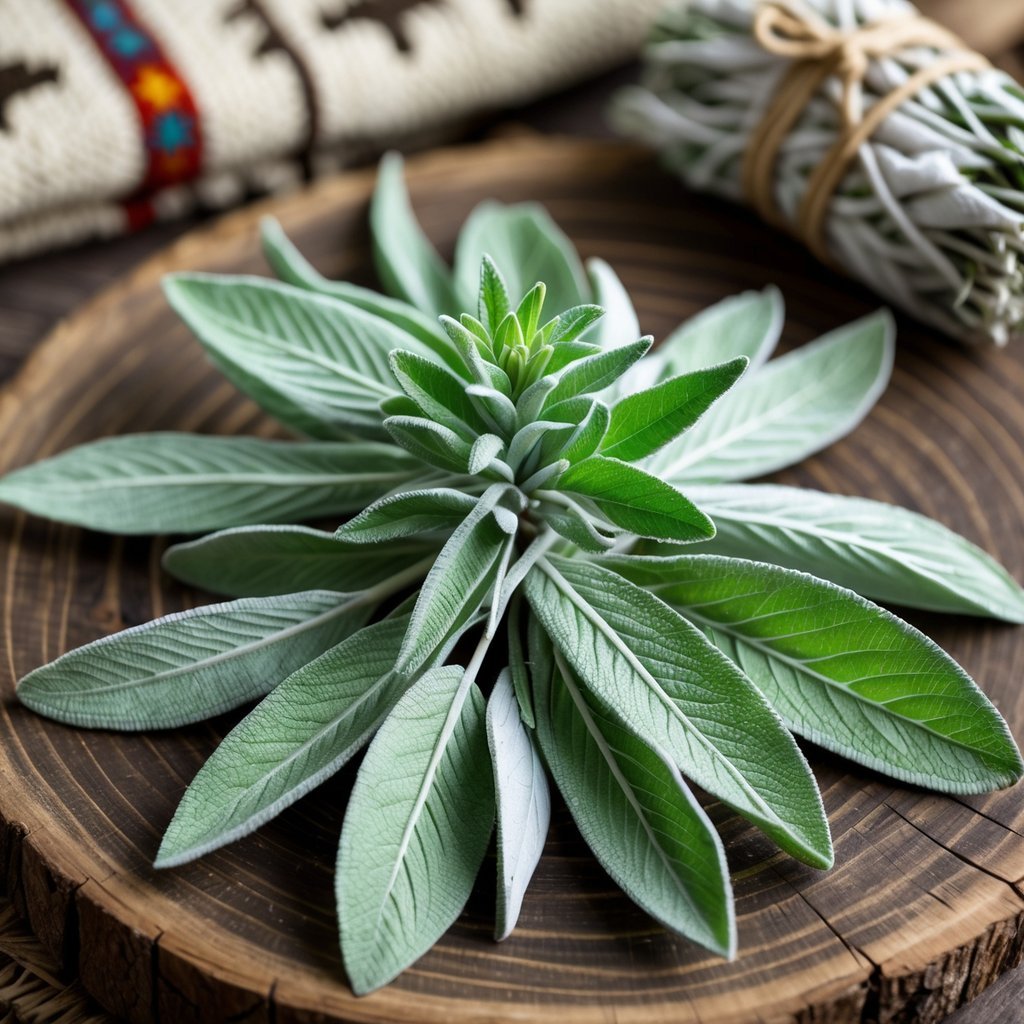
If you’ve ever seen a smudging ceremony, you know sage plays a big role in Native American traditions. Burning sage helps clear out negative energy and brings a sense of peace.
Different tribes use different kinds of sage, depending on the region and their customs. In the Southwest, white sage is especially important.
When you use sage for cleansing, you’re stepping into a tradition that honors nature and spiritual balance. It’s more than just a plant—it connects you to the earth and focuses your mind on healing and protection.
Using sage with care shows respect for its deeper meaning and the culture it comes from.
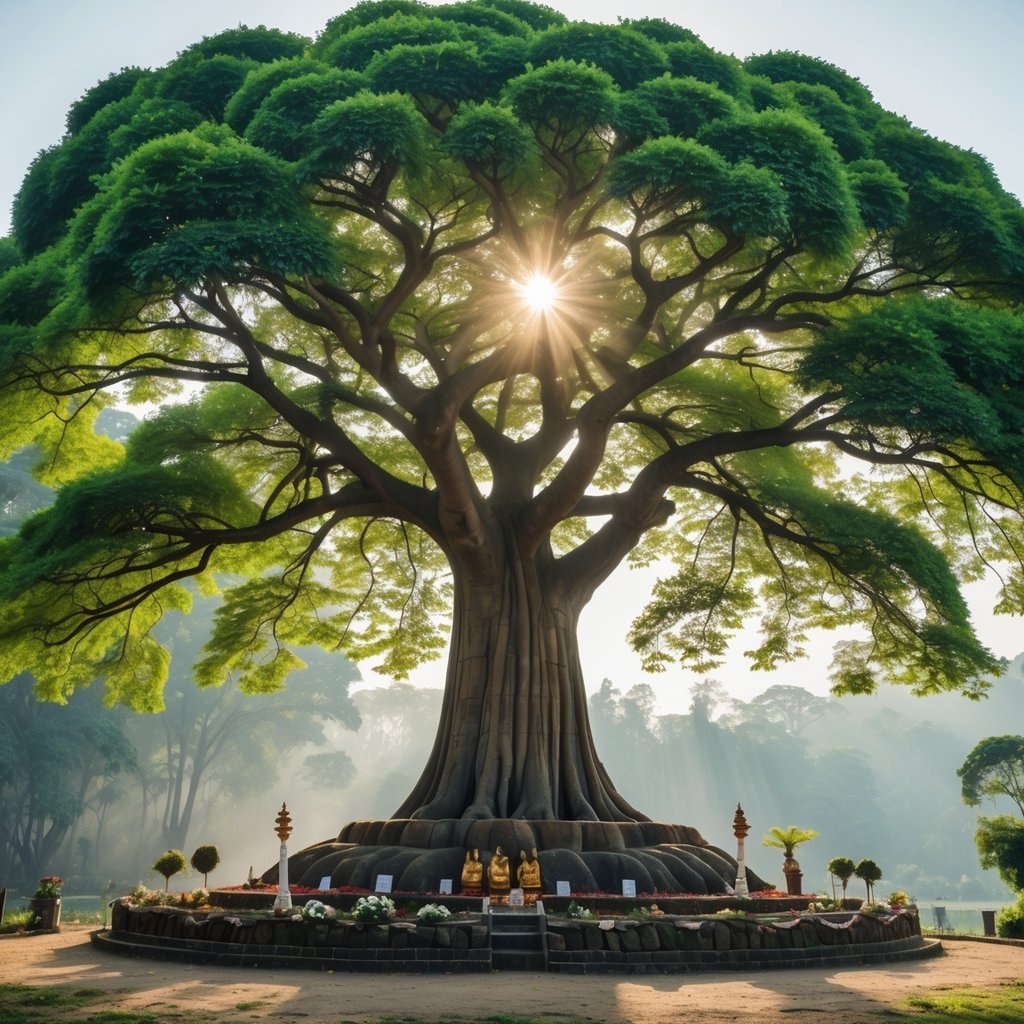
The Bodhi Tree stands out in Buddhism as the place where Siddhartha Gautama, later known as the Buddha, reached enlightenment. He found deep understanding and peace beneath its branches.
If you ever visit Bodh Gaya in India, you’ll see the Mahabodhi Temple near the spot where Buddha sat. A descendant of the original Bodhi Tree still grows there.
This tree isn’t just another plant. For many, it represents wisdom, awakening, and the journey to truth. Buddhists see it as a symbol of hope and strength on their spiritual path.
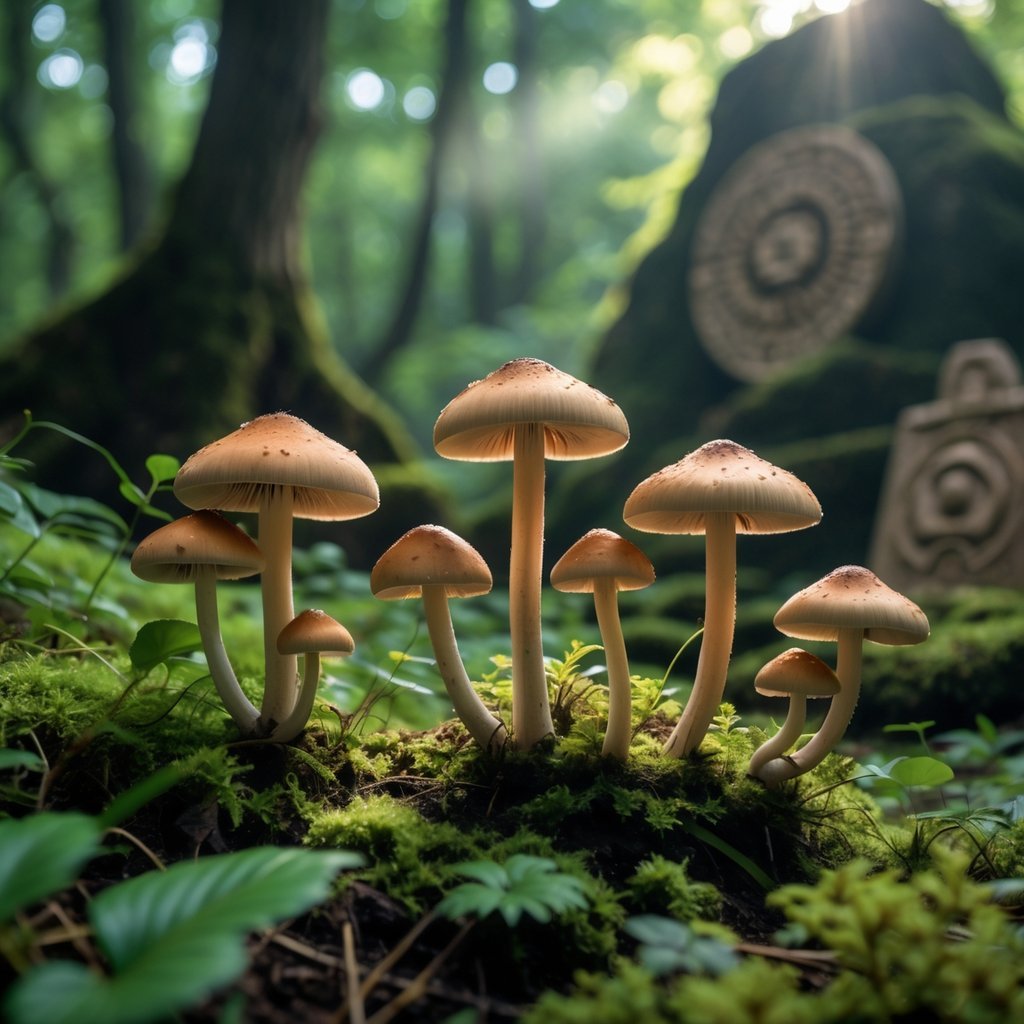
The Aztecs called certain mushrooms “Teonanácatl,” which means “divine mushroom.” These mushrooms played a big part in their spiritual ceremonies.
If you look at the statue of Xochipilli, the god of flowers, you’ll notice mushrooms carved on his knees and ears. That’s how important they were in Aztec culture.
Some believe that using these mushrooms helps you connect with the spiritual world. The Aztecs used them to seek wisdom and communicate with ancestors.
Even now, in parts of Mexico, people still honor these mushrooms with rituals like chanting, hoping to explore their inner selves.
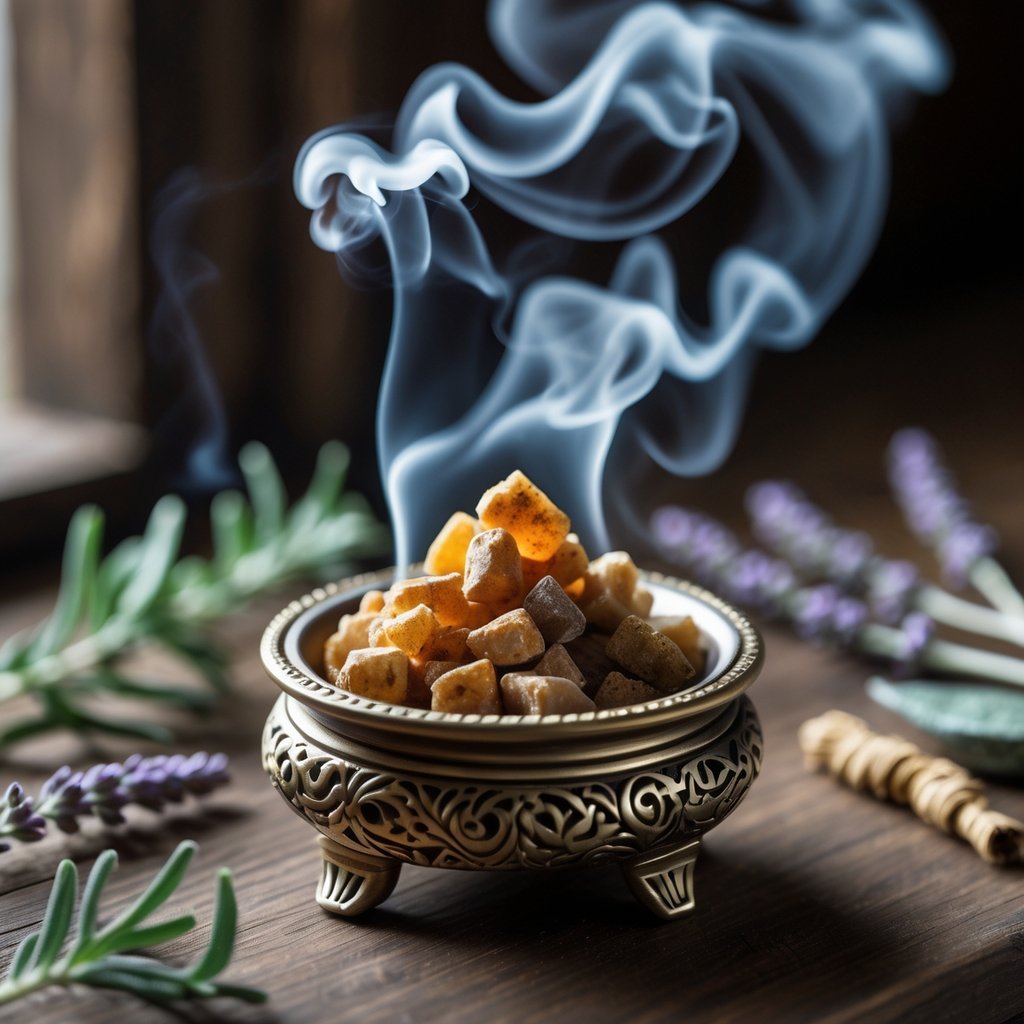
You might know frankincense as that special resin burned in religious ceremonies. People have used it for thousands of years in Christianity, Islam, and ancient Egyptian rituals.
When you smell the smoke, you’re taking part in a tradition that many say helps purify a space and clear out bad vibes. It’s also known for creating a calm, peaceful atmosphere—perfect for prayer or meditation.
Frankincense comes from the Boswellia tree. People have valued it not just for its scent, but for its spiritual importance.
By burning frankincense, you’re connecting with a long history of using plants to honor what’s sacred.
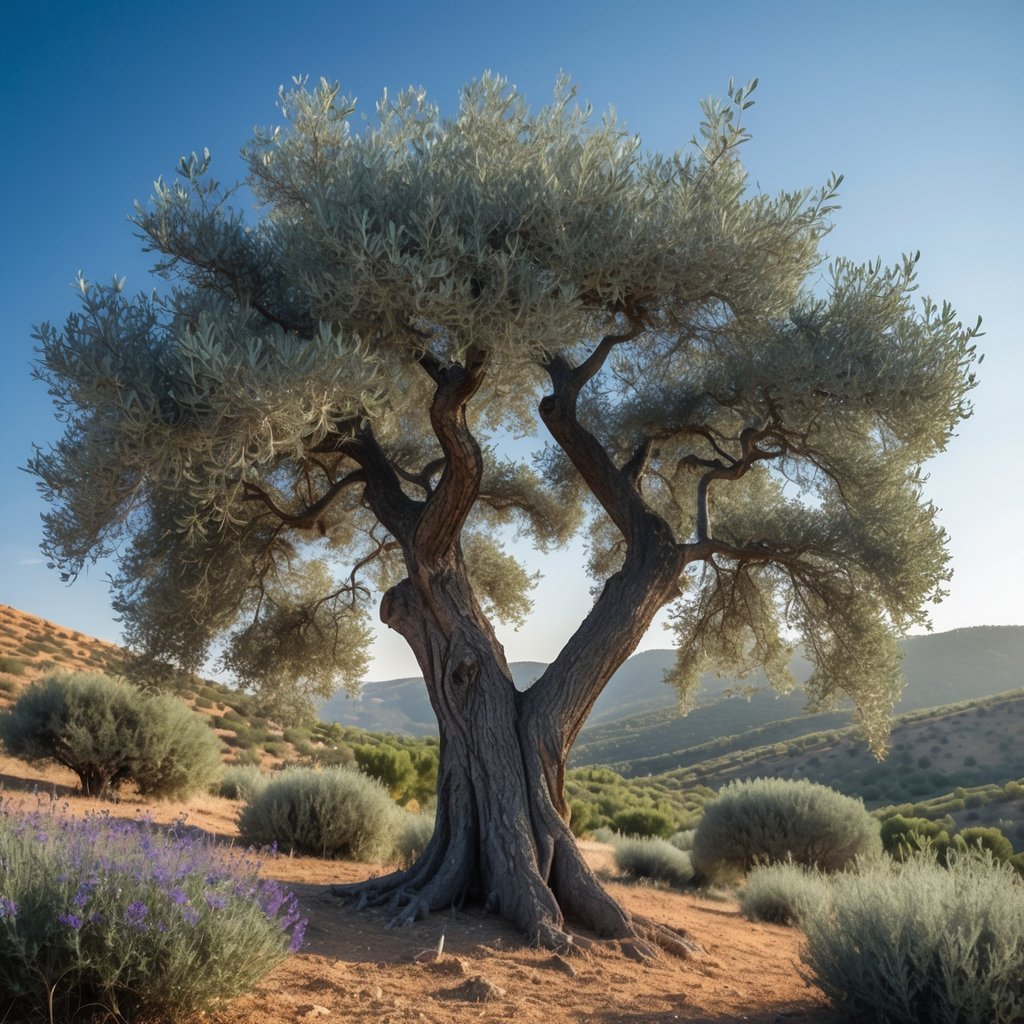
The olive tree has stood as a strong symbol in the Mediterranean for ages. When you see an olive branch, you probably think of peace, hope, and calm.
Ancient Greeks crowned winners with olive branches and linked the tree to Athena, the goddess of wisdom. The olive tree stands for wisdom and victory.
It’s also a sign of endurance—these trees can live for centuries and survive tough times. Learning about the olive tree connects you to a plant that weaves together history, culture, and values like peace and wisdom.
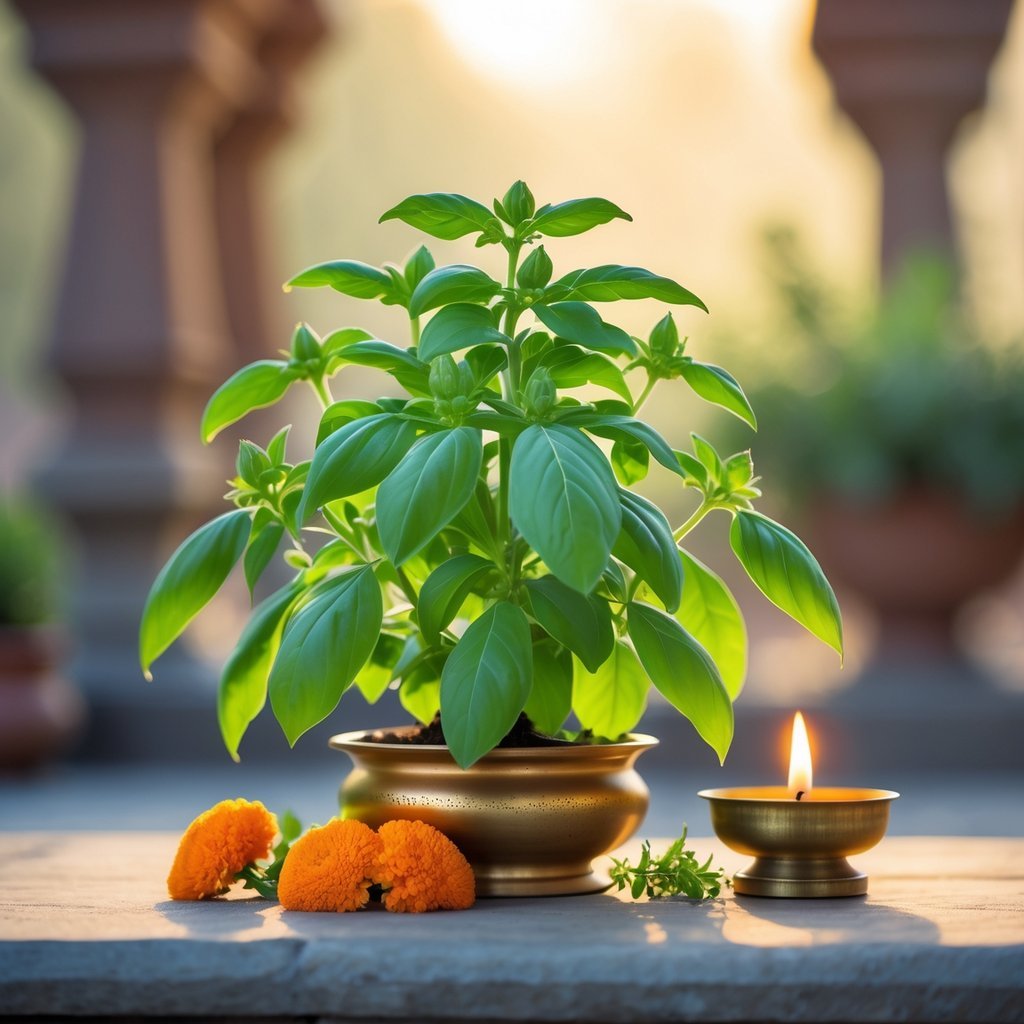
Tulsi, or Holy Basil, grows in so many Hindu homes—it’s almost everywhere you look. Folks say it brings healing and gives you a sense of spiritual strength.
People treat Tulsi like a sacred herb. It really does hold a special spot in daily worship rituals.
A lot of people see Tulsi as a symbol of purity and faith. It’s closely tied to the goddess Tulasi, who many believe is another form of Lakshmi, the goddess of wealth and well-being.
Besides the spiritual side, Tulsi has a reputation for health benefits too. Plenty of people use its leaves in tea or homemade remedies for everyday aches and sniffles.
If you grow Tulsi at home, you’re not just planting a herb—you’re connecting to a tradition that celebrates both nature and spirit.